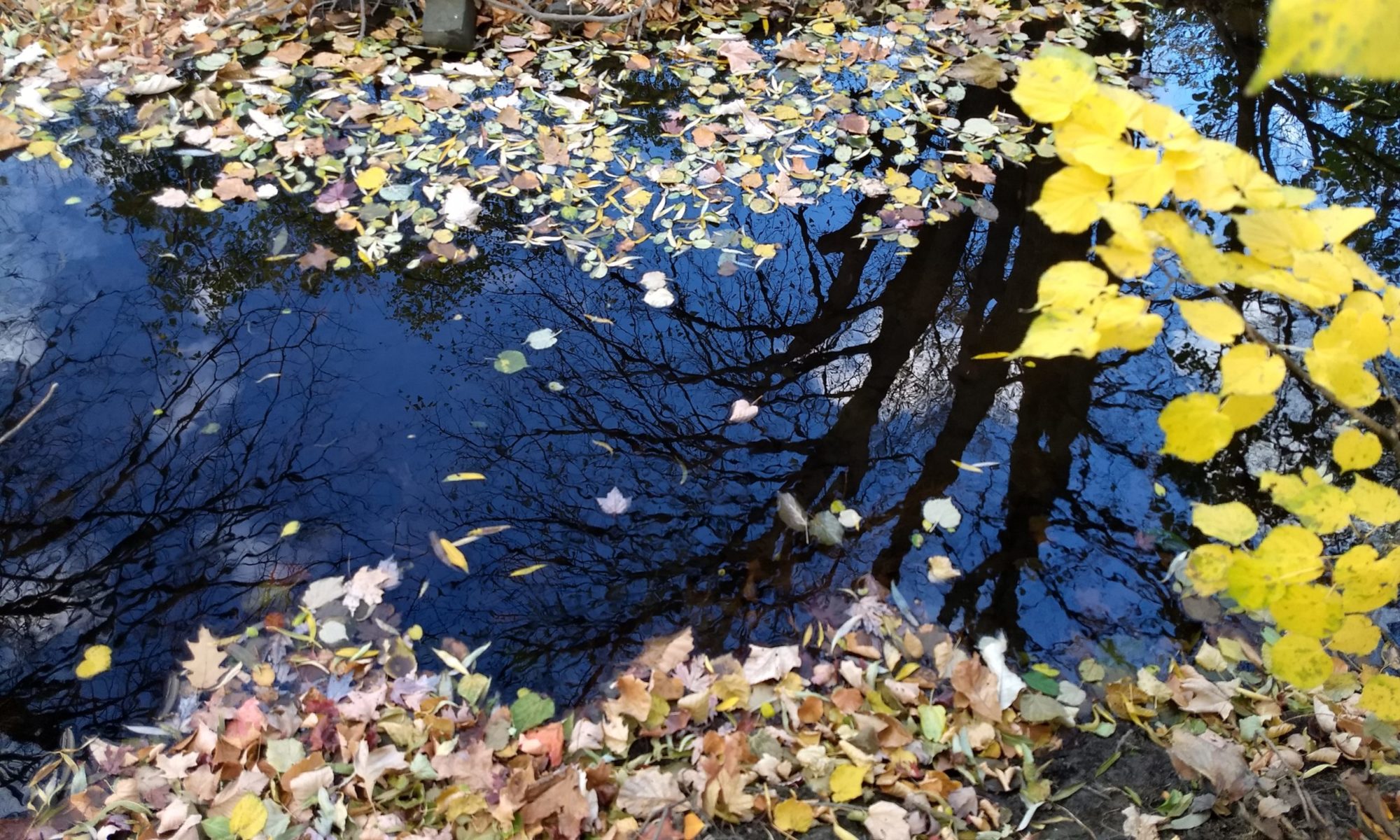Disclaimer: I’m participating in Hey, Let’s Grow!, a home gardening program sponsored by Monsanto. As part of this program, I was sent a free bee house kit. All opinions are my own.
I can tell you exactly how many times I have been stung by bees, as I’m sure you can if you’ve ever been stung. Bee stings hurt!
Usually when we think of bees, we think of the very social honeybees. They live in hives and will aggressively defend their hives. These bees, however, are not native to the United States. Settlers brought them over from Europe to help pollinate their crops, and they are indeed extremely useful to our agriculture even today.
Our native bees are mostly solitary bees and are much less aggressive. (Unless you actually step on one in the grass, and then the bee will sting! I’m speaking from experience.) I have watched bees buzzing around my garden many times and have never been stung. My mom used to tell me to leave the bees alone and they will leave you alone. She loved working in her flower garden and saw many bees buzzing around as well.

Bees and other pollinators are very important for our gardens and our natural world. It is very easy to make a bee house to encourage native bees to live by your garden! We made our house by using a bee house kit, but it is very easy to make one using supplies you may already have.
To make the house waterproof, we used a half-gallon milk carton. We cut off the top of our milk carton. We then made little tubes for our individual bees to lay eggs and care for their larvae.

The bright colors from the construction paper and the outside of the milk carton will hopefully attract bees, just as flowers attract bees with their bright colors. To make your own tubes, cut an 8″ x 11″ piece of construction paper in half. Roll it around a pencil, and tape securely, removing the pencil. Place your tubes into the milk carton. Make sure you have enough tubes for them to stay securely in the milk carton.


We chose to left the outside of our house undecorated, since I didn’t have any contact paper to help with waterproofing the decorations. This was a good call; after an unusually dry June, the day after we hung up our bee house we had several thunderstorms and lots of rain! We hung our house in a lilac bush by my vegetable garden, and chose the branch carefully so that rain water would not be able to get into the bee tubes. I checked on our house after the rain and the tubes stayed dry! We haven’t had any bees move in yet, but I will keep checking!
For more information on how to make your own bee house, watch this video:
Build Your Own Bee House from Monsanto STEM Education Outreach on Vimeo.
Curious about one of my bee sting stories? Visit this blog post:
This document has some great information about our native bees!
Click to access stelprdb5306468.pdf
Have fun making your own bee house!





